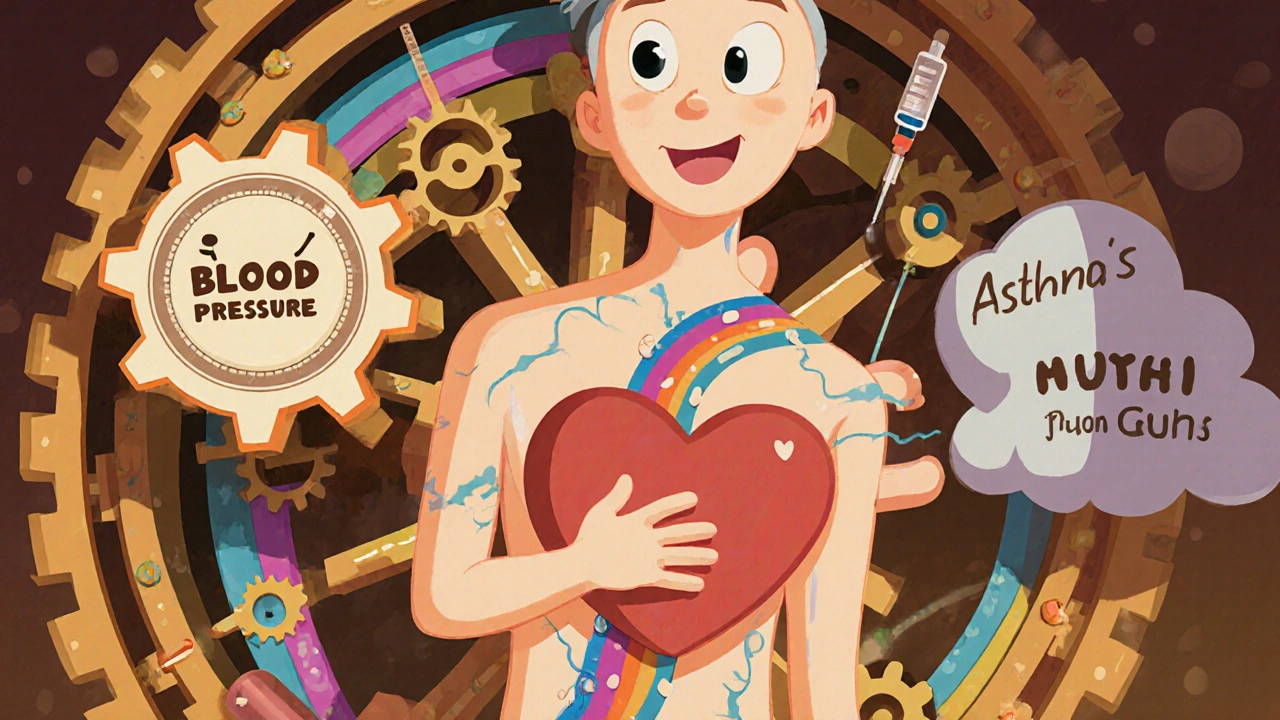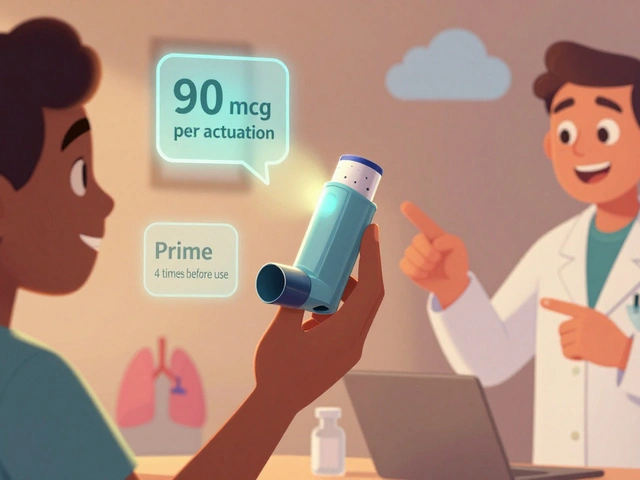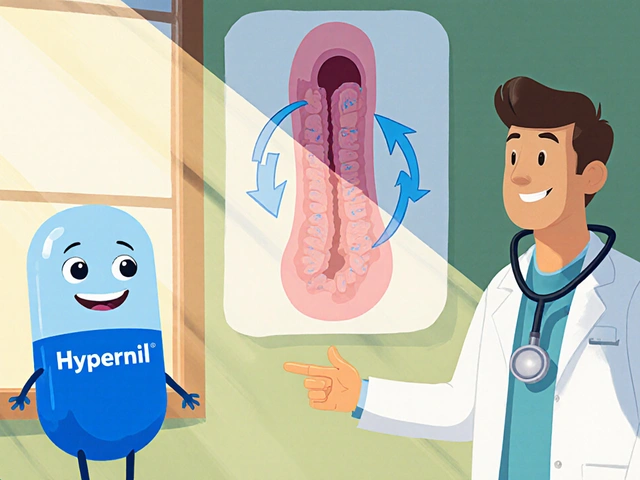Side Effect Causes: What Triggers Medication Reactions and How to Spot Them
When you take a pill, your body doesn’t just see a cure—it sees a chemical intruder. Side effect causes, the biological and pharmacological reasons why medications trigger unwanted reactions. Also known as adverse drug reactions, these are not random glitches—they’re predictable responses rooted in how drugs interact with your cells, organs, and immune system. Not every side effect means the drug is bad. Sometimes it’s just a sign your body is adjusting. But other times, it’s a red flag you can’t ignore.
Take IVIG therapy, a treatment using donated antibodies to calm autoimmune attacks. It works fast, but some people get fevers, chills, or headaches within hours. Why? Because IVIG floods the bloodstream with foreign proteins, triggering an immune response. It’s not an allergy—it’s an overload. Similarly, opioid overdose, a life-threatening reaction caused by too much drug suppressing breathing isn’t just about taking too many pills. It’s about how opioids bind to brain receptors, slowing down signals your body needs to stay alive. Naloxone reverses it because it kicks those opioids off the receptors—fast.
Side effect causes vary wildly. Some come from how your liver breaks down a drug. Others come from how your kidneys filter it out. Apixaban and rivaroxaban both thin blood, but one is harder on the kidneys. Why? Their chemical structures change how they’re cleared. Famvir and valacyclovir fight herpes, but one causes more fatigue—because it lingers longer in your system. Even something as simple as a muscle relaxant like Robaxin can make you dizzy not because it’s weak, but because it crosses into your brain and slows nerve signals. And then there’s topical fluorouracil: it doesn’t just kill cancer cells. It irritates healthy skin because it’s designed to target fast-growing cells—no matter where they are.
Some side effects are tied to timing. Dasatinib in older patients? More risk of fluid buildup because aging kidneys can’t flush it out as fast. Loteprednol eye drops? Safe for short-term use, but long-term use can raise eye pressure because steroids build up in the fluid inside your eye. Even seasonal changes affect side effects—bacterial eye infections flare up in humid weather because moisture helps bacteria stick around longer.
Understanding side effect causes isn’t about avoiding medicine. It’s about knowing what to watch for. If you’re on sitagliptin-metformin and feel nauseous, it’s not just "bad luck." It’s your gut reacting to the metformin. If your skin burns after applying fluorouracil cream, it’s not a bad batch—it’s the drug doing its job, too well. And if you’re on blood thinners and notice unusual bruising, that’s not normal aging. That’s a signal your body’s clotting system is too suppressed.
What you’ll find below isn’t just a list of side effects. It’s a breakdown of why they happen, who’s most at risk, and how to tell the difference between a harmless hiccup and something that needs action. Whether you’re managing chronic pain, switching antivirals, or trying to avoid an opioid overdose, these posts give you the real reasons behind the reactions—and what to do next.

What Are Drug Side Effects: Definition, Causes, and Real-World Examples
Drug side effects are unintended reactions to medications, ranging from mild to life-threatening. Learn what causes them, how they're classified, real-world examples, and how to manage your risk safely.
Categories
- Health and Medicine (39)
- Medications (39)
- Health and Wellness (34)
- Online Pharmacy Guides (15)
- Nutrition and Supplements (7)
- Parenting and Family (3)
- Environment and Conservation (2)
- healthcare (1)
- prescription savings (1)
Popular Articles



